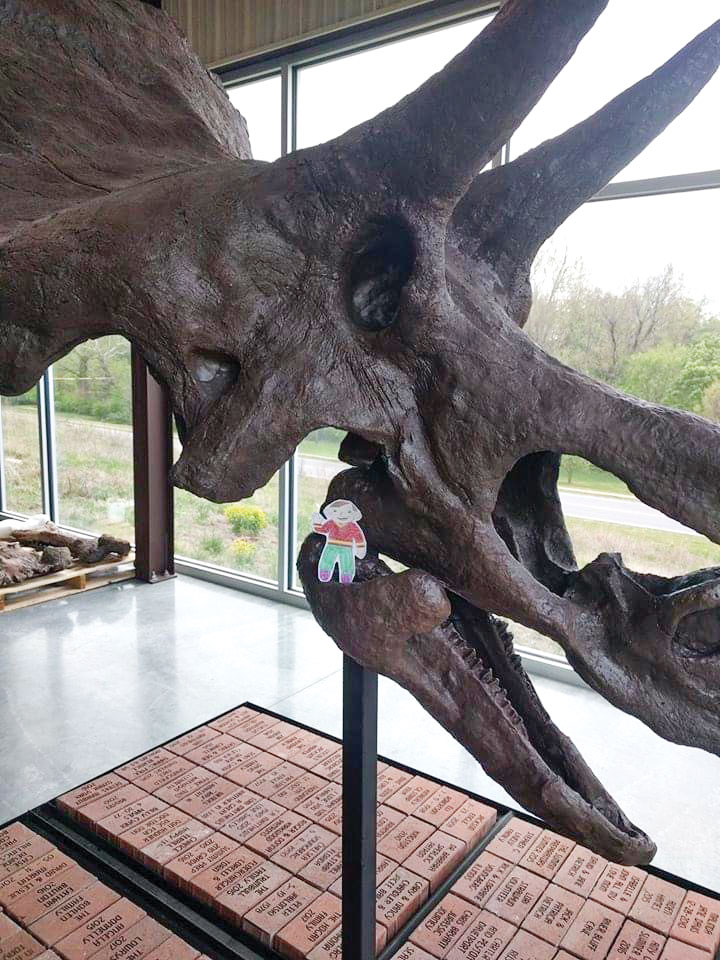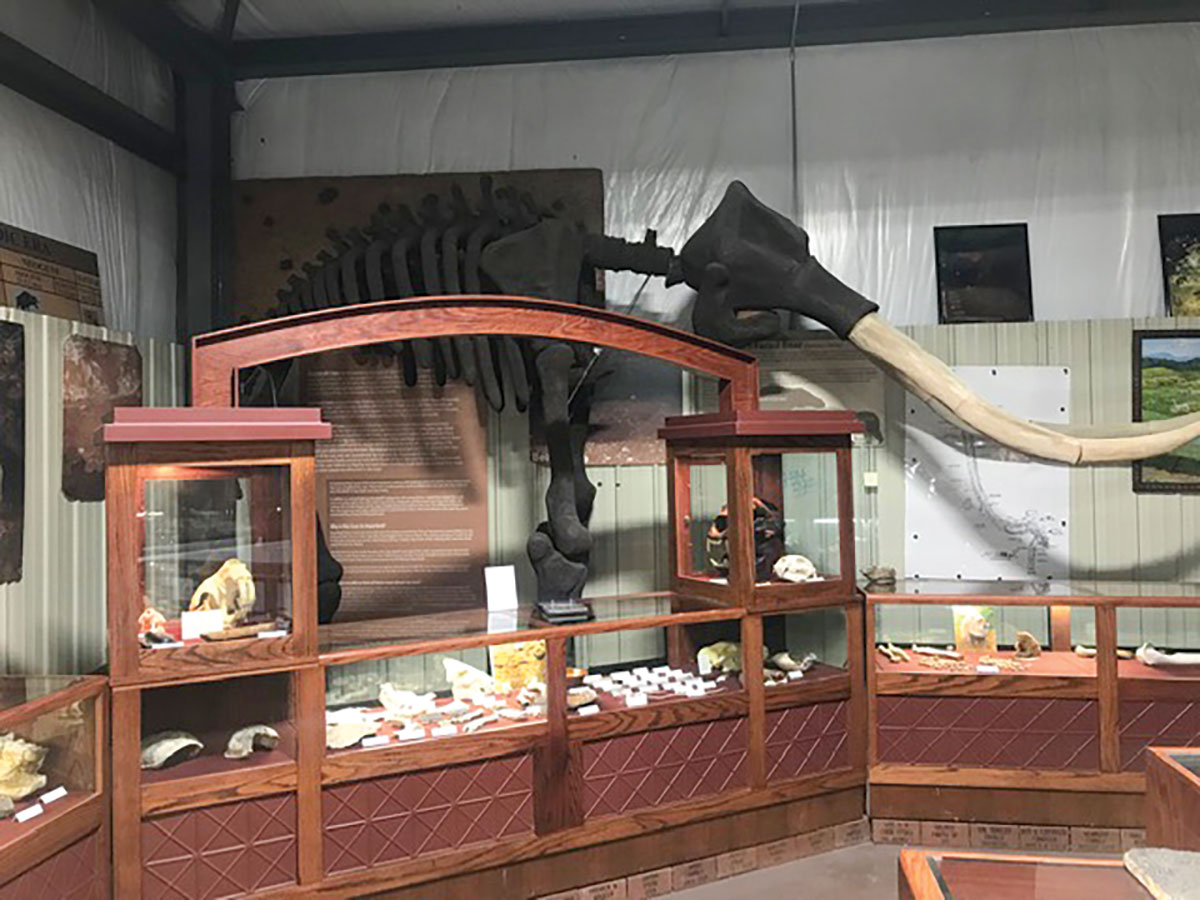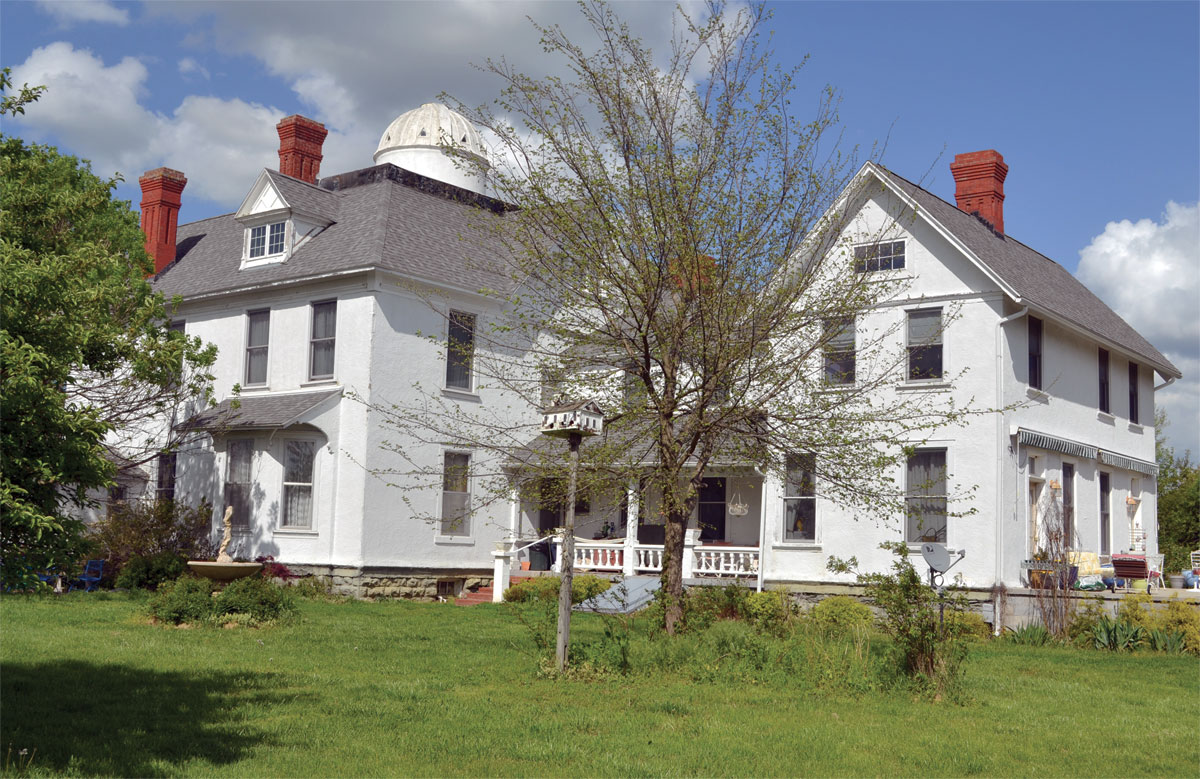
The Missouri Institute of Natural Sciences is the only one of its kind in Missouri
While the world was in turmoil on Sept. 11, 2001, history was being made in Springfield, Mo., that would later bring joy and education to people in the Ozarks and beyond.
According to the Missouri Institute of Natural Science’s website, explosives were in the ground on Sept. 11 for construction work on the roadway south of Springfield, Mo. The working crews were given special permission that day to detonate only the explosives already in the ground.
The result was an unknown cave system dating back to the Ice Age. This cave is now known as Riverbluff Cave, and many ancient artifacts have been found there.
According to Brooke Benz, director of operations, artifacts found in the Riverbluff Cave have consisted of fossils, bear claws, ancient animal tracks, mammoth bones and more.
The Missouri Institute of Natural Science offers people the chance to explore nature and history for free at their facilities. It sits on 50 acres of land surrounding Riverbluff Cave.
Activities include the Natural Science Museum, fossil hunting, hiking natural trails through the Ozarks and research and preservation education at the on-site lab.
On May 5, 2009, the Institute opened Missouri’s first natural history museum.
This, along with the opening of the lab facility in November 2005, was part of a long line of projects to improve the Institute for better conservation and learning.
Brooke said the Institute’s mission is to “educate the public of the natural sciences,” such as geology, archeology and paleontology. Whether young or old, the Missouri Institute of Natural Science offers something for everyone to learn and enjoy.
The museum was opened in 2003, and features many artifacts from Riverbluff Cave and abroad. Henry the Triceratops, which was found in Wyoming, is on display. He is coming together piece by piece, and Brooke said they are continuing the dig in order to finish him.
“There are many other activities for guests to enjoy for free, such as hunting in the on-site fossil bed and hiking the grounds,” Brooke said.
Riverbluff Cave is currently closed to visitors due to continued artifact digging, but many of the artifacts found are on display in the museum.
The Missouri Institute of Natural Science also hosts events for visitors to enjoy. Some upcoming events include the Raptor Run 2020 on July 24 from 6 to 9 p.m. The website promotes the event as a way for families to enjoy “a night of fun to help raise money for the Missouri Institute of Natural Science and Riverbluff Cave.”
Families can participate in the 5K or the one-mile fun run.
Another event for children is Dino Camp, which is scheduled for July 6 to 9 and July 20 to 23. Parents can register their children online.
Brooke said the Institute and events such as these “educate people here in Missouri and worldwide” concerning the history and nature that surround them.
Families can even celebrate birthdays at available facilities. According to the website, there are three available packages: The Raptor for $100, which includes a two-hour building rental; the Triceratops Triple Pack for $120, which includes the previous benefits plus a museum tour, and guided fossil hunting; and the Brontosaurus Bundle for $150, which consists of the previous benefits plus a dinosaur-themed cake.
Schools and large parties can also schedule field trips for a deeper learning experience.
The Missouri Institute of Natural Science began its roots during a perilous time in America, but they didn’t let that stop them from teaching history and the natural sciences to any listening ear. Because of their dedication, the future looks brighter.







